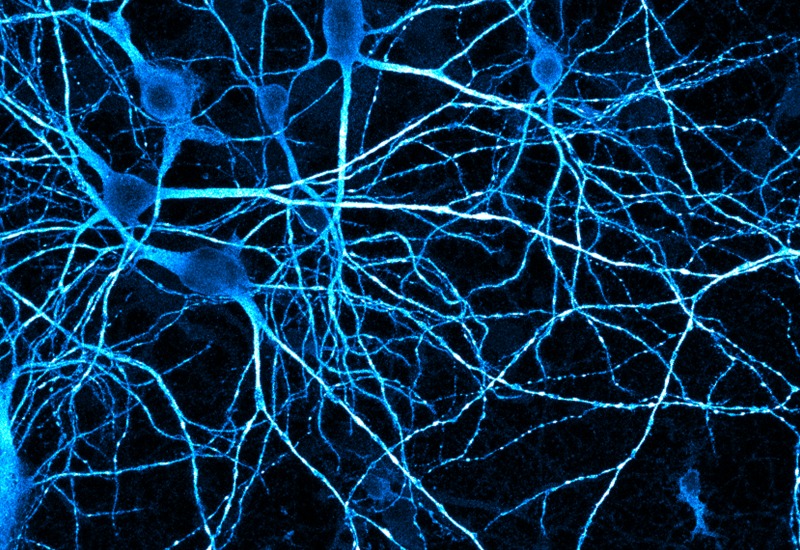The Weisman lab uses cultured neurons, cell lines and yeast to study neurodegeneration and cancer, with the goal of determining the mechanisms of myosin V based transport and phosphoinositide signaling. The ultimate goal is to develop novel therapies for relevant diseases.
Our group uses aspects of biochemistry, molecular biology, cell biology, genetics and developmental biology to discover how cells function.







